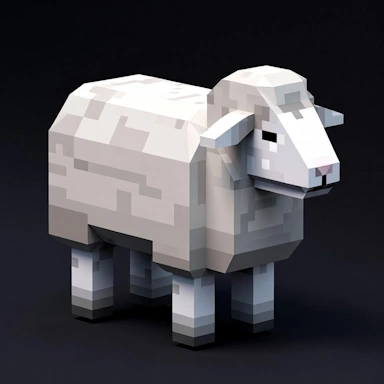Computer-Aided Design (CAD)
CAD, or Computer-Aided Design software is used to design complex physical objects and is often used in the aerospace, automotive, and shipbuilding industries. CAD was created to be an evolution of the traditional drafting processes that preceded the widespread adoption of computers. Using CAD gives designers far more flexibility in creating their designs than with older manual methods, along with all the modern conveniences of a computer-based application.
CAD designs are created using CAD applications, which can offer either 2D or 3D design capabilities. When designing using a 3D-ready CAD application, the design is constructed as a wireframe, line by line, which can then be viewed as a solid object. The data stored in a CAD file is vector-based, making it immune to loss of information when scaled. Although this data is stored in a vector format, it is still possible to convert CAD designs to either a 2D image or a full 3D model.
There are many popular CAD applications available to use; some of these are aimed at 2D CAD design only, while others give the designer full 3D capabilities. For a full list of CAD software, please see this great list that offers detailed information about the various CAD packages available. Here are some images of 3D objects being previewed in a 3D CAD application to give an idea of the sort of items that can be designed using CAD:
A 3D CAD design for a cat flap
A bracket designed using CAD
A small gear adapter viewed in a CAD design application







